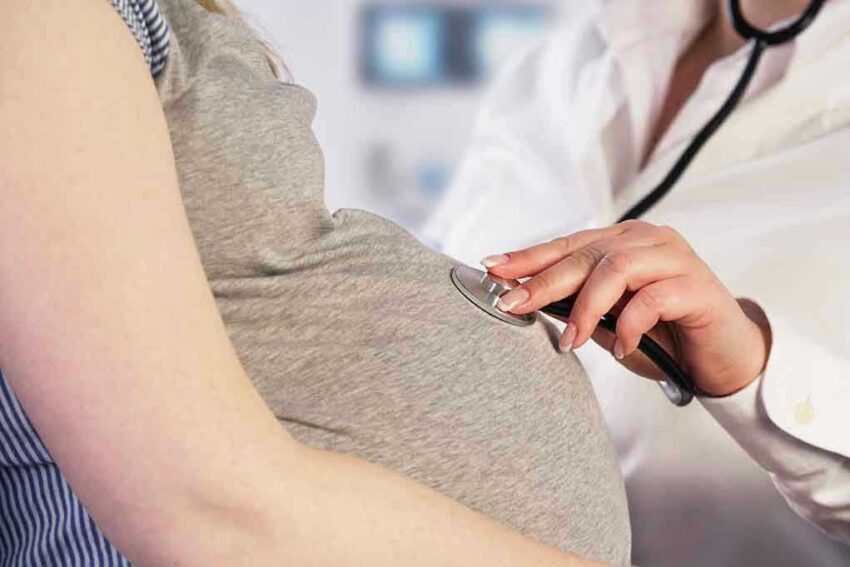In a groundbreaking development, pregnancy robots equipped with artificial wombs are set to redefine human reproduction, sparking ethical debates and raising questions about the future of parenthood.
Story Snapshot
- Chinese firm Kaiwa Technology unveils a humanoid robot capable of full-term gestation.
- Technology targets those facing infertility or seeking alternatives to traditional pregnancy.
- Ethical and legal implications provoke worldwide debate.
- First prototype expected in 2026, priced under $14,000.
Introduction of the Pregnancy Robot
In August 2025, Kaiwa Technology, a Chinese robotics firm, unveiled a revolutionary development at the World Robot Conference in Beijing—a humanoid robot equipped with an artificial womb. This innovation promises to transform reproduction by offering an alternative to biological pregnancy, especially for those dealing with infertility or wishing to sidestep the physical demands of gestation. The technology is reportedly at a mature stage, with the first prototype expected to launch in 2026 at an affordable price point under $14,000.
Implications and Ethical Concerns
The announcement has sparked significant ethical, social, and legal discussions. Integrating a full artificial gestation process into a humanoid robot marks a first in reproductive technology. This raises questions about parenthood, the rights of children born through such means, and the legal definition of birth. The affordability compared to traditional surrogacy makes it an attractive option, but it also intensifies debates about the commodification of childbirth and potential exploitation of the technology.
Worldwide, bioethicists and legal experts stress the need for robust regulatory frameworks to address these concerns before widespread deployment. In China, Guangdong Province authorities are already engaged in regulatory and ethical discussions to establish guidelines, although no concrete policies have been finalized.
The Technological and Social Landscape
Artificial womb technology has been evolving for decades, initially focusing on neonatal care to support premature infants. Recent advancements have enabled partial gestation of animal embryos outside the body. However, achieving full-term artificial gestation for humans remains unprecedented. This development by Kaiwa Technology comes amid global concerns about declining birth rates, rising infertility, and the high costs associated with surrogacy, especially pronounced in countries like China that face demographic challenges.
While the integration of artificial wombs into humanoid robots is a significant technological leap, it also poses potential risks. Critics warn of unknown psychological and social impacts, including the potential loss of human connection and the implications for child development. Despite these concerns, supporters argue that it represents a profound advancement in reproductive autonomy and freedom.
Future Prospects and Industry Impact
If successful, this innovation could disrupt the surrogacy market by providing a cheaper, more accessible alternative. It may also trigger a global race in reproductive technology, influencing sectors like robotics, healthcare, and law. However, the technology is still in its prototype stage, and no human has yet been born through a pregnancy robot. Regulatory approval and ethical acceptance remain pending, which could delay or alter the deployment of such technology.
Stakeholders, including infertile individuals, potential parents, and the surrogacy industry, are closely watching these developments. The long-term implications could redefine reproductive medicine and parenthood while posing significant ethical and legal challenges that society must address.
Sources:
Click this link for the original source of this article.
Author: Editor
This content is courtesy of, and owned and copyrighted by, https://www.rightwing.org and its author. This content is made available by use of the public RSS feed offered by the host site and is used for educational purposes only. If you are the author or represent the host site and would like this content removed now and in the future, please contact USSANews.com using the email address in the Contact page found in the website menu.








